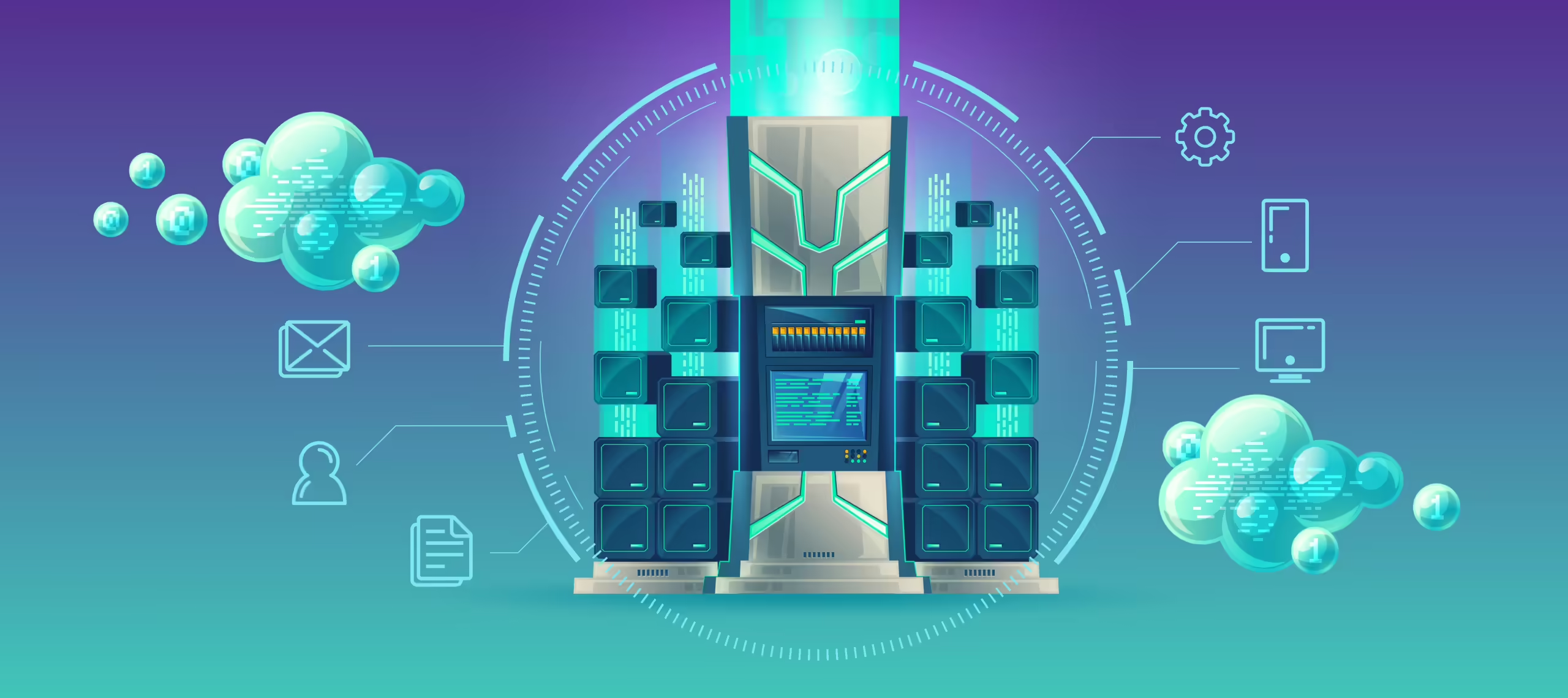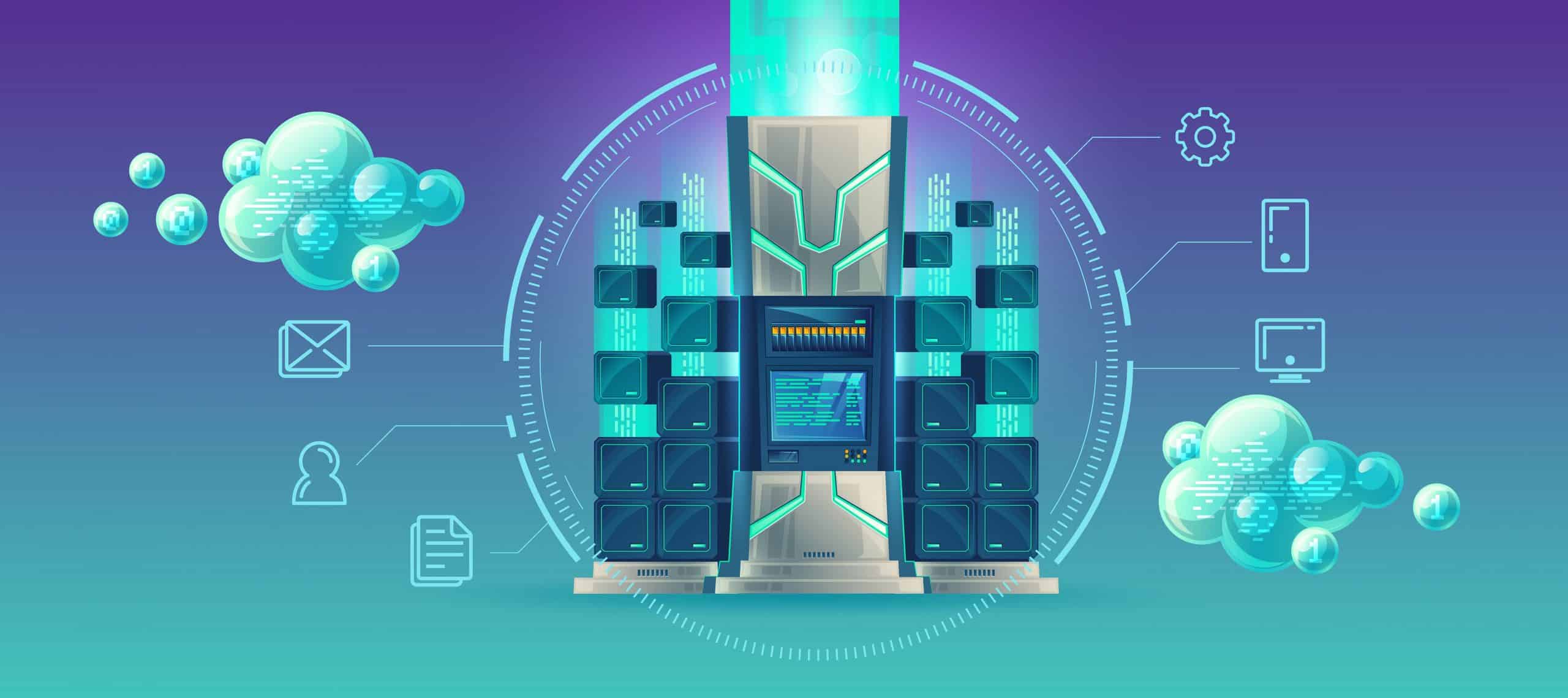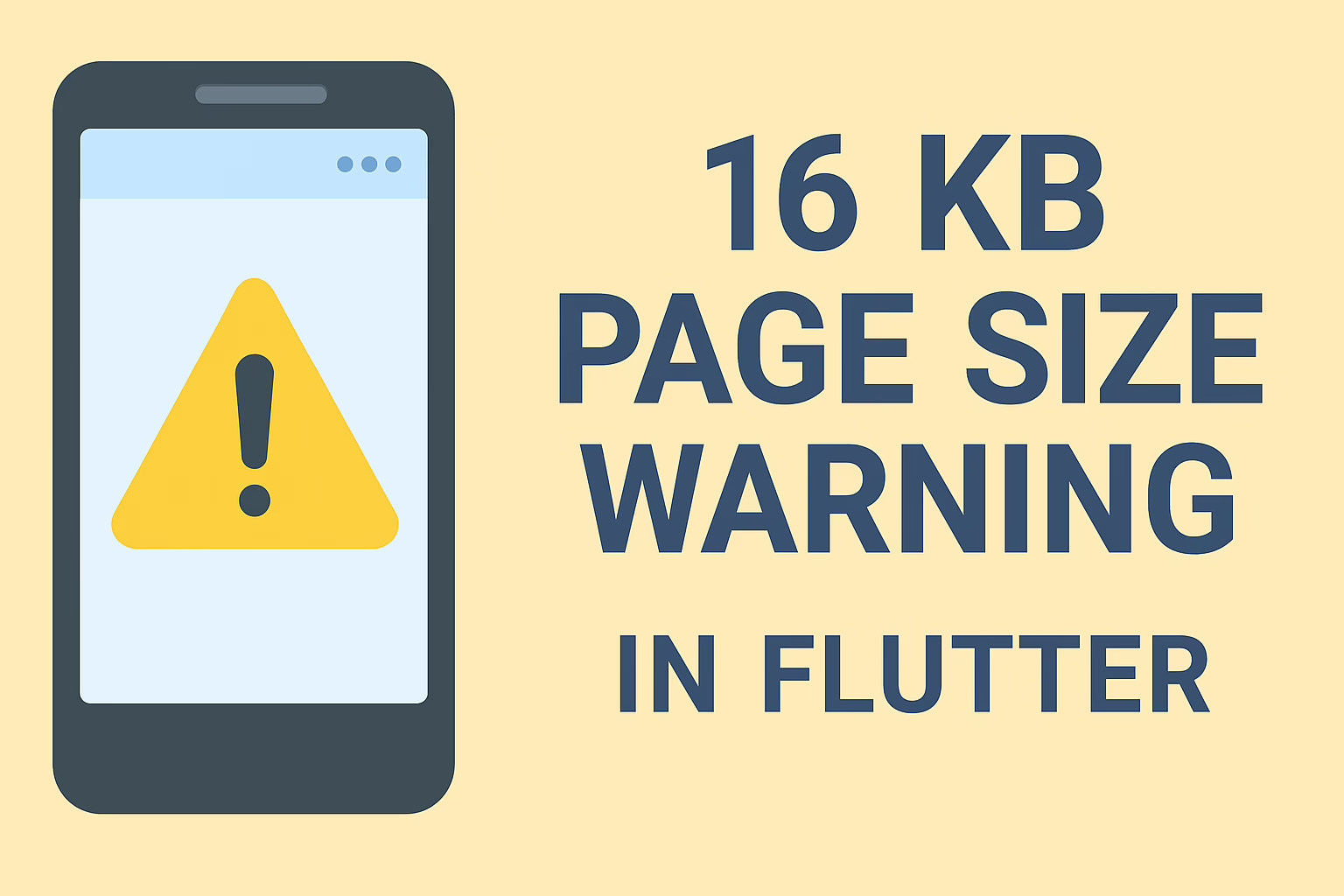When selecting a database for Flutter applications, Sreyas, as an IT software solutions company, would consider the specific requirements of each project to ensure optimal performance, scalability, and user experience. Below are detailed suggestions for selecting a database based on project needs.
Relational Database Options
1. SQflite
- When to Use: Sreyas would utilize SQflite for applications that require structured, transactional data storage and robust relational capabilities.
- Example Use Case: A local inventory management system stores each product’s details, transactions, and customer data in a relational format, enabling complex queries and batch operations.
2. Drift (formerly Moor)
- When to Use: Drift is ideal for projects needing strong type safety and reactive programming features, making it suitable for applications with complex data requirements.
- Example Use Case: A local inventory management system stores each product’s details, transactions, and customer data in a relational format, enabling complex queries and batch operations.
3. Floor
- When to Use: Choose Floor for applications where simplicity and reduced boilerplate code are critical while still needing relational capabilities.
- Example Use Case: A personal budgeting app where users track expenses and income, using SQL to handle basic data relationships without overwhelming complexity.
Non-Relational Database Options
4. Firebase
- When to Use: Firebase would be selected for applications requiring real-time data synchronization and user authentication. It’s particularly effective for MVPs and applications with minimal backend maintenance.
- Example Use Case: A chat application where users need to send and receive messages instantly, with user profiles and notifications stored in the cloud for easy access across devices.
5. Hive
- When to Use: Hive is a lightweight option for projects needing quick data access and offline capabilities without complex synchronization.
- Example Use Case: A mobile recipe app that stores user favorites and cached data for offline browsing, allowing users to access content without an internet connection.
6. ObjectBox
- When to Use: ObjectBox is suitable for high-performance applications, especially those needing efficient data flow and offline capabilities.
- Example Use Case: An IoT application that collects and processes data from devices in real time, storing data locally before syncing to the cloud when connectivity is available.
7. MongoDB
- When to Use: MongoDB would be a strong choice for scalable applications that require flexible data schemas, particularly useful for projects with diverse data types.
- Example Use Case: An e-commerce platform where product catalogs, user reviews, and transaction histories are stored in a flexible, document-based format to accommodate various product types and user interactions.
Conclusion
Sreyas, as an IT software solutions company, emphasizes the importance of selecting the right database to meet specific project requirements. By analyzing each application’s needs—whether it’s real-time data updates, complex relationships, or offline capabilities—Sreyas can optimize their Flutter applications for efficiency and performance, ensuring a robust solution for their clients. This strategic approach to database selection helps Sreyas deliver high-quality, scalable software solutions across various industries.








